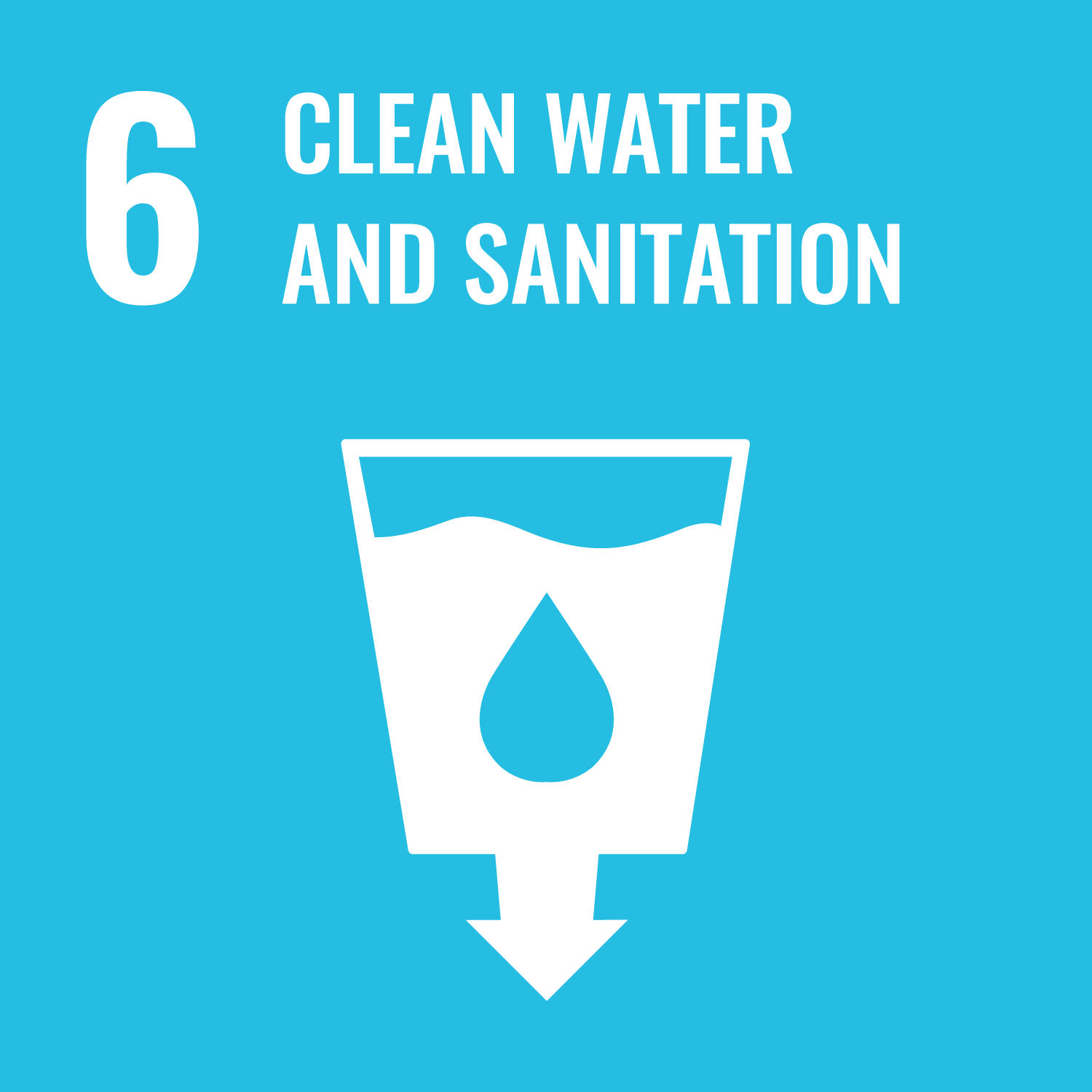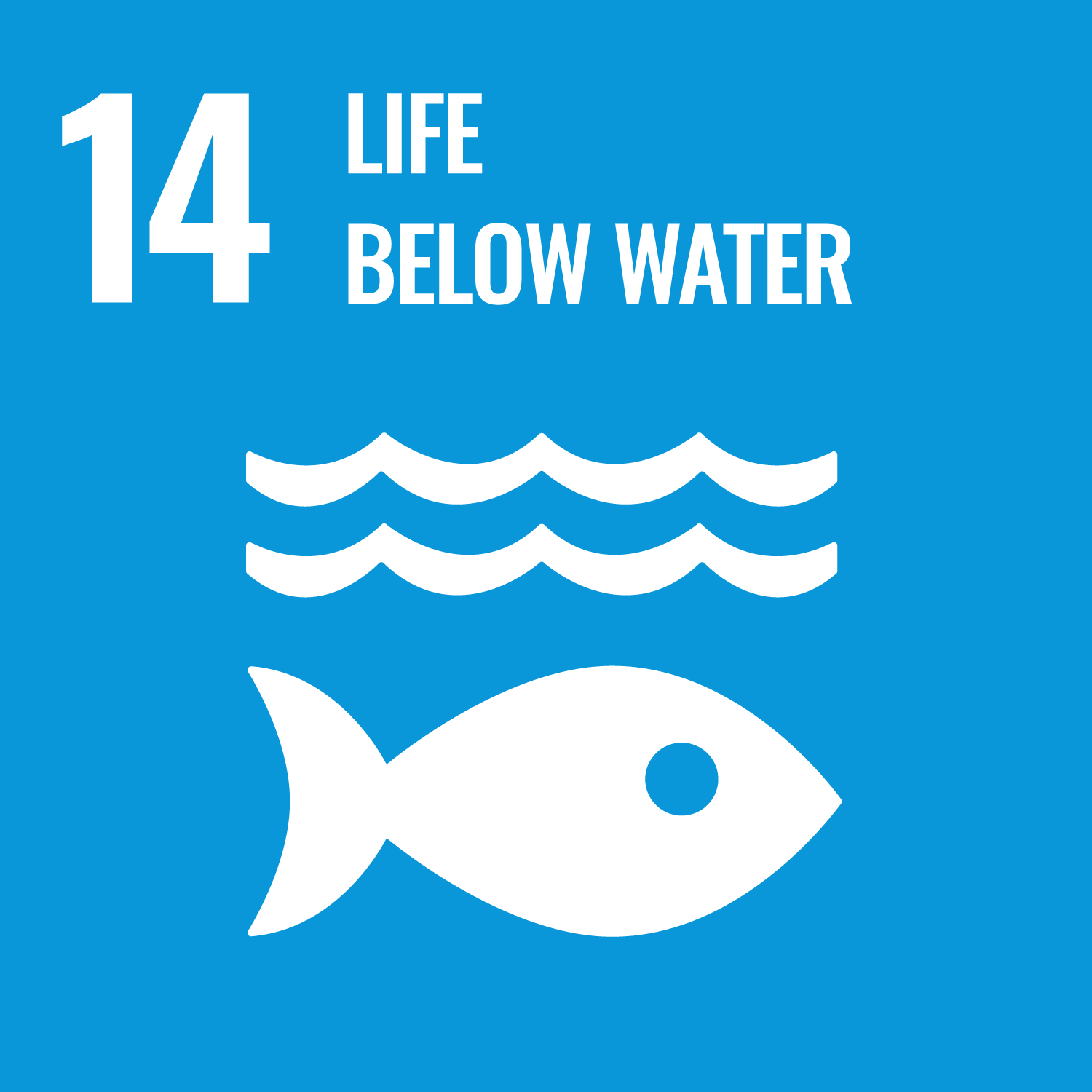ORCID
- Ted Robinson: 0000-0001-8262-2281
- Philip Hosegood: 0000-0002-4415-7152
Abstract
Shallow seamounts are becoming increasingly recognised as key habitats for conservation due to their role asbiological refuges, particularly throughout oligotrophic oceans. Traditionally, Taylor caps have been invoked asthe mechanism driving biomass aggregation over seamounts but emerging evidence based on higher resolutionmeasurements highlights the importance of internal waves (IW) to the local ecosystem. These waves can flush thebenthic habitat with cool water from depth and impact on nutrient supply over short time scales through turbulentmixing that may also influence fish behaviour. They are dependent on the regional stratification, however,and thus influenced by planetary-scale variability in oceanographic conditions. We present here detailed observationsof the internal wave regime over a shallow seamount, called Sandes, in the central Indian Oceanthroughout different phases of the Indian Ocean Dipole (IOD) that modulated the regional stratification. A deepthermocline, caused by the 2019 IOD event precluded internal wave activity over the summit, whereas a thermoclinecollocated with the summit during 2020 when the IOD reversed polarity resulted in a 30 m amplitudeinternal tide signal (t ~ 12.5 h). A shallow thermocline, observed during 2022, resulted in propagation of IWsover the summit with less visible internal tide. Harmonic analysis shows the presence of high frequency waves (t~ 15 min) on both flanks of the seamount during 2020 & 2022, which are likely a result of local shear instability,whereas 2019 shows an asymmetric response, potentially due to the strong background current and suppressionof the thermocline beneath the depth of the summit. The potential importance of the waves over the summit tothe local ecosystem may be attributed to the elevated turbulence measured at the thermocline during internalwave propagation, with ε > 10-5 W kg-1 routinely observed. Our results highlight the ability of thermoclinedepth to act as a gating condition for internal wave evolution over the summit. These results show that, whilstthe water column exhibits variability at short spatiotemporal scales compared to the frequently cited Taylor capdynamics, it is also regulated by the wider basin scale processes. Thus, a more integrated approach is neededwhen assessing these dynamic and environmentally critical habitats to include the effects of physical oceanographiccontrols across multiple spatiotemporal scales.
DOI Link
Publication Date
2024-08-09
Publication Title
Progress in Oceanography
Volume
228
ISSN
0079-6611
Acceptance Date
2024-08-07
Deposit Date
2024-08-12
Funding
This work was made possible by funding from the Garfield Weston Foundation, and the Bertarelli Foundation, to whom we are grateful for their support. Additionally, we would like to thank the researchers and crew who joined us onboard the MV Tethys Supporter and lent their assistance with making the fieldwork possible.
Additional Links
Keywords
Chagos archipelago, Indian ocean dipole, Internal waves, Physical oceanography, Seamounts, Turbulence
Creative Commons License

This work is licensed under a Creative Commons Attribution 4.0 International License.
Recommended Citation
Robinson, T., Hosegood, P., & Bolton, A. (2024) 'Modulation of the internal wave regime over a tropical seamount ecosystem by basin-scale oceanographic processes', Progress in Oceanography, 228. Available at: 10.1016/j.pocean.2024.103323



